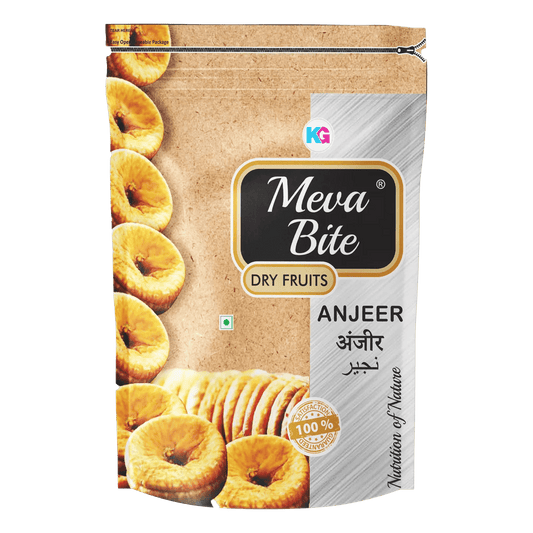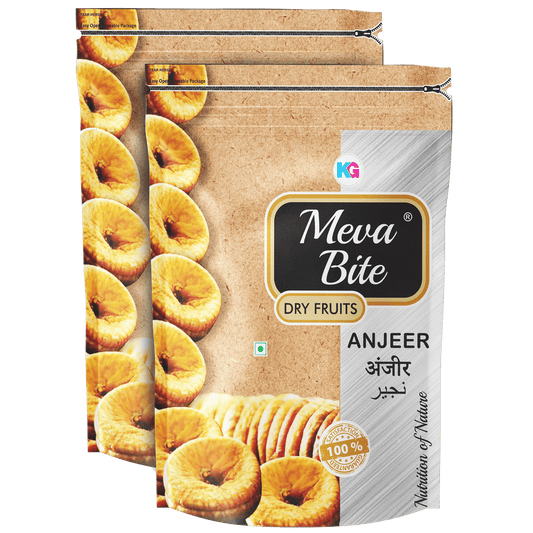Celebrate Raksha Bandhan with wholesome, flavorful, and nutritious dry fruit sweets. Packed with the goodness of nature, they are a healthier twist to traditional mithai and make for thoughtful festive gifts.
Are dry fruit sweets healthier than regular mithai — do they have less sugar or better nutrition?
Short Answer: Yes, dry fruit sweets are generally healthier than regular mithai as they contain natural sugars, healthy fats, and essential nutrients while reducing refined sugar content.
Detailed Answer:
- Dry fruit sweets use dates, figs, or raisins for natural sweetness, lowering the need for refined sugar.
- They are rich in fiber, healthy fats, and protein, supporting better digestion and sustained energy.
- Contain vitamins and minerals like magnesium, potassium, iron, and calcium.
- Have a lower glycemic index compared to most traditional mithai.
- Better for heart health due to unsaturated fats from almonds, walnuts, and pistachios.
| Aspect | Dry Fruit Sweets | Regular Mithai |
|---|---|---|
| Sugar Source | Natural (dates, figs, raisins) | Refined white sugar |
| Nutrition | High in fiber, protein, vitamins | Mostly empty calories |
| Fats | Healthy unsaturated fats | Saturated & trans fats |
| Glycemic Index | Lower | Higher |
Which dry fruits work best for festive sweets — and what benefits do they offer?
Short Answer: Almonds, cashews, pistachios, walnuts, dates, and figs are ideal for festive sweets, offering a mix of protein, healthy fats, fiber, and natural sweetness.
Detailed Answer:
- Almonds: High in vitamin E, antioxidants, and protein; great for immunity.
- Cashews: Creamy texture; rich in healthy fats and minerals like zinc.
- Pistachios: Low-calorie nut, packed with protein and antioxidants.
- Walnuts: Omega-3 rich; supports brain health.
- Dates: Natural sweetener; rich in potassium and fiber.
-
Figs: High in calcium and iron; aid digestion.

Can I make dry fruit sweets at home quickly, or do they require a lot of prep?
Short Answer: Yes, you can make quick dry fruit sweets at home in under 30 minutes with minimal ingredients.
Detailed Answer:
- Choose pre-pitted dates or figs for faster preparation.
- Use a food processor to blend nuts and dry fruits quickly.
- Roll into laddoos or shape into bars without cooking.
- For enhanced flavour, lightly roast nuts for 2–3 minutes.
- Dust with desiccated coconut or coat with melted dark chocolate for presentation.
Are dry fruit sweets suitable for kids and elders — especially those with dietary restrictions?
Short Answer: Yes, dry fruit sweets can be adapted for kids, elders, and those with dietary needs by making sugar-free, low-fat, and soft-textured versions.
Detailed Answer:
- For kids: Make bite-sized laddoos using dates and almond powder for energy.
- For elders: Use soft dry fruits like soaked figs or dates for easy chewing.
- For diabetics: Avoid added sugar and use low-GI dry fruits.
- For weight-watchers: Limit portion size and avoid ghee-heavy recipes.
- For lactose-intolerant individuals: Make dairy-free recipes using almond or coconut milk.

How can I present or pack dry fruit sweets as gifts for Raksha Bandhan?
Short Answer: Use eco-friendly, decorative boxes or jars with airtight sealing, adding festive ribbons or personalised tags for a thoughtful touch.
Detailed Answer:
- Choose airtight containers to maintain freshness.
- Opt for glass jars, tin boxes, or biodegradable boxes for sustainability.
- Decorate with ribbons, lace, or Rakhi-themed designs.
- Add personalised message cards to make the gift special.
- Arrange sweets in layers, separating with butter paper for an appealing look.
Conclusion
Dry fruit sweets are a perfect blend of health, taste, and tradition, making them ideal for Raksha Bandhan. Whether homemade or store-bought from MevaBite, they add a wholesome sweetness to the celebration while being a thoughtful gift for loved ones. This Rakhi, indulge guilt-free and share goodness!






